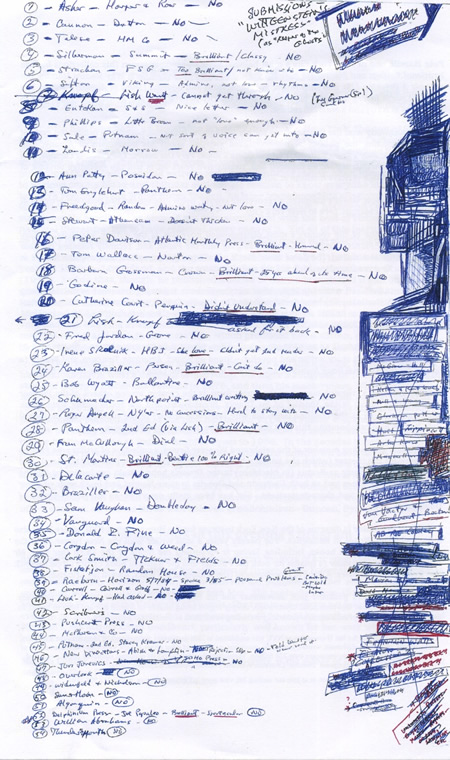“The following Bubble-Companies were by the same order declared to be illegal, and abolished accordingly:
51. For importing beaver fur. Capital, two millions.
52. For making pasteboard and packing-paper.
53. For importing of oils and other materials used in the woollen manufacture.
54. For improving and increasing the silk manufactures.
55. For lending money on stock, annuities, tallies, &c.
56. For paying pensions to widows and others, at a small discount. Capital, two millions.
57. For improving malt liquors. Capital, four millions.
58. For a grand American fishery.
59. For purchasing and improving the fenny lands in Lincolnshire. Capital, two millions.
60. For improving the paper manufacture of Great Britain.
61. The Bottomry Company.
62. For drying malt by hot air.
63. For carrying on a trade in the river Oronooko.
64. For the more effectual making of baize, in Colchester and other parts of Great Britain.
65. For buying of naval stores, supplying the victualling, and paying the wages of the workmen.
66. For employing poor artificers, and furnishing merchants and others with watches.
67. For improvement of tillage and the breed of cattle.
68. Another for the improvement of our breed in horses.
69. Another for a horse-insurance.
70. For carrying on the corn trade of Great Britain.
71. For insuring to all masters and mistresses the losses they may sustain by servants. Capital, three millions.
72. For erecting houses or hospitals for taking in and maintaining illegitimate children. Capital, two millions.
73. For bleaching coarse sugars, without the use of fire or loss of substance.
74. For building turnpikes and wharfs in Great Britain.
75. For insuring from thefts and robberies.”
(Charles Mackay, Extraordinary Popular Delusions and the Madness of Crowds, “The South Sea Bubble,” pp. 60–63.)
